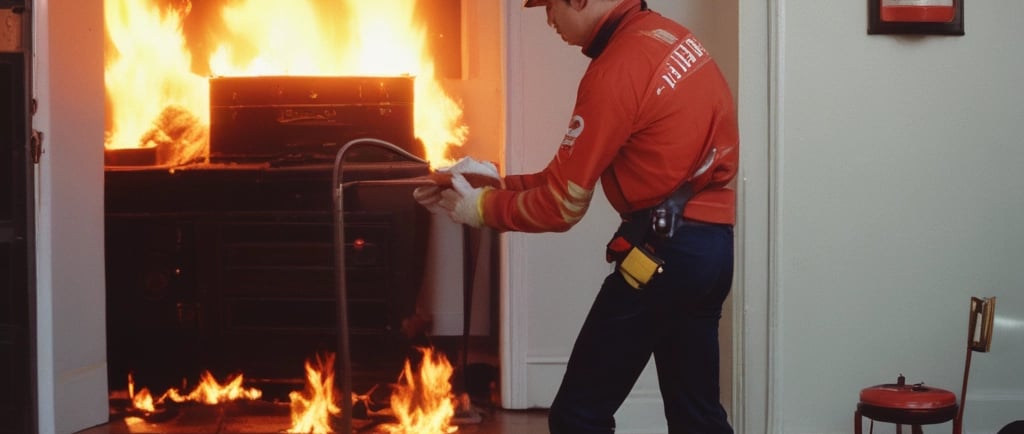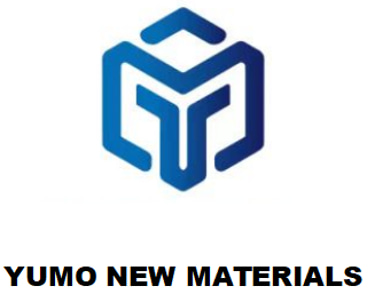HENAN YUMO: Engineered Precision, Uncompromised Performance
Understanding Refractory Materials: The Role of Fused Alumina and Silicon Carbide
5/23/20251 min read


Introduction to Refractory Materials
Refractory materials are essential components in various high-temperature applications, such as metal production and fiber technology. They are characterized by their ability to withstand high temperatures without undergoing significant deformation or degradation. Among these materials, fused alumina and silicon carbide stand out due to their unique properties and wide range of applications.
What Makes Fused Alumina and Silicon Carbide Refractory?
Fused alumina, also known as aluminum oxide, is produced through the fusion of bauxite in electric arc furnaces. Its high melting point, which exceeds 2000 degrees Celsius, gives it exceptional thermal stability. This makes fused alumina particularly suitable for use in refractory linings of furnaces and kilns where thermal shock resistance is crucial.
On the other hand, silicon carbide is synthesized by heating a mixture of silicon dioxide and carbon in an electric furnace. It possesses not only a high melting point but also impressive thermal conductivity, making it highly effective in maintaining temperature uniformity in industrial processes. The ability to resist wear and erosion further reinforces its classification as a refractory material.
Applications of Fused Alumina and Silicon Carbide
The applications of fused alumina and silicon carbide demonstrate their importance in industries that require materials capable of enduring extreme conditions. In the steel industry, fused alumina is employed in refractory bricks and castables to line ladles and converters. Its durability ensures enhanced process efficiency and product quality.
Similarly, silicon carbide is used extensively in foundries and glass manufacturing, where it serves as a lining material in furnaces. Its ability to withstand thermal shock not only prolongs service life but also minimizes maintenance costs. In addition, both materials are crucial in the production of abrasives, such as grinding wheels and sandpaper, owing to their exceptional hardness and durability.
Conclusion
In conclusion, the classification of fused alumina and silicon carbide as refractory materials is due to their remarkable ability to retain structural integrity under extreme thermal conditions. Their high melting points, thermal conductivity, and durability make them indispensable in various high-temperature applications. Understanding the properties and applications of these materials will enable industries to optimize processes and enhance product quality.
